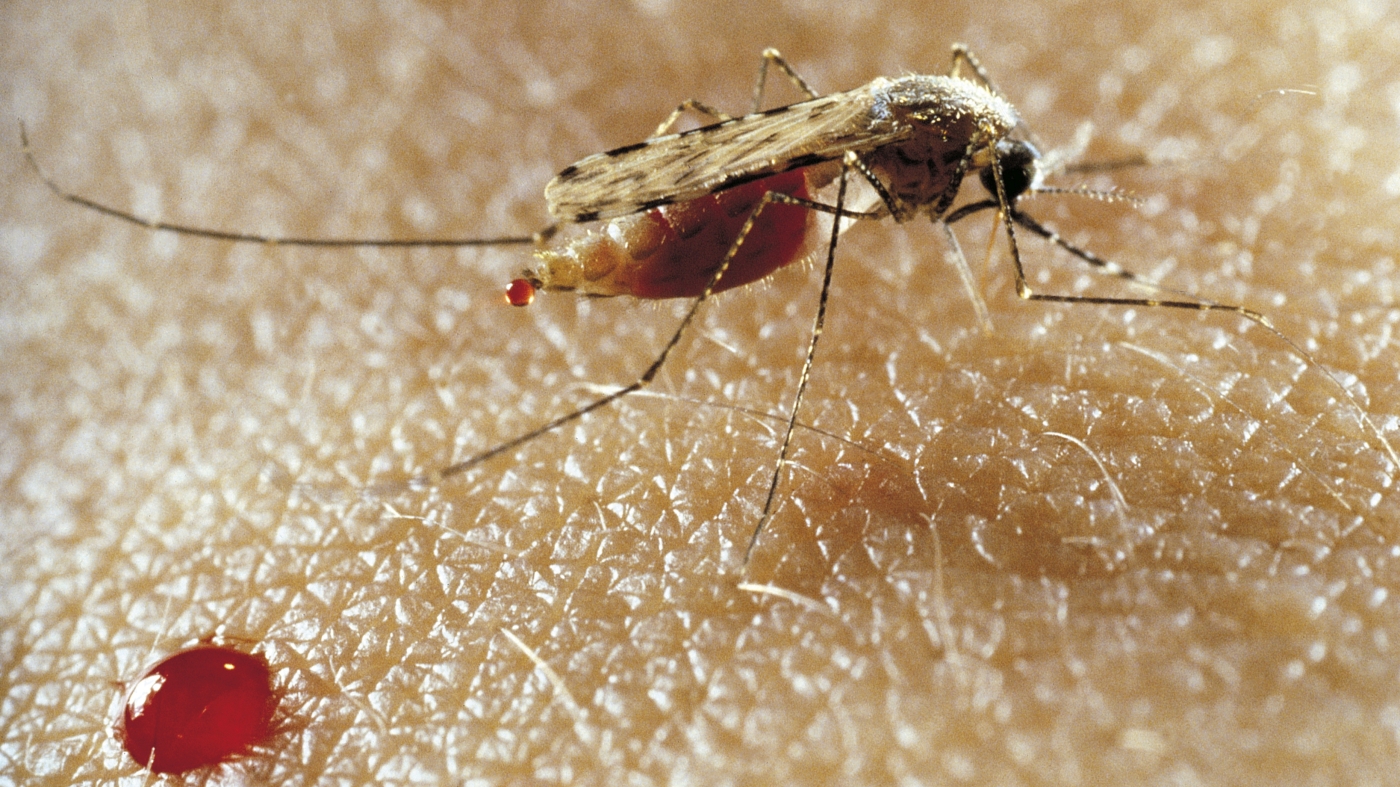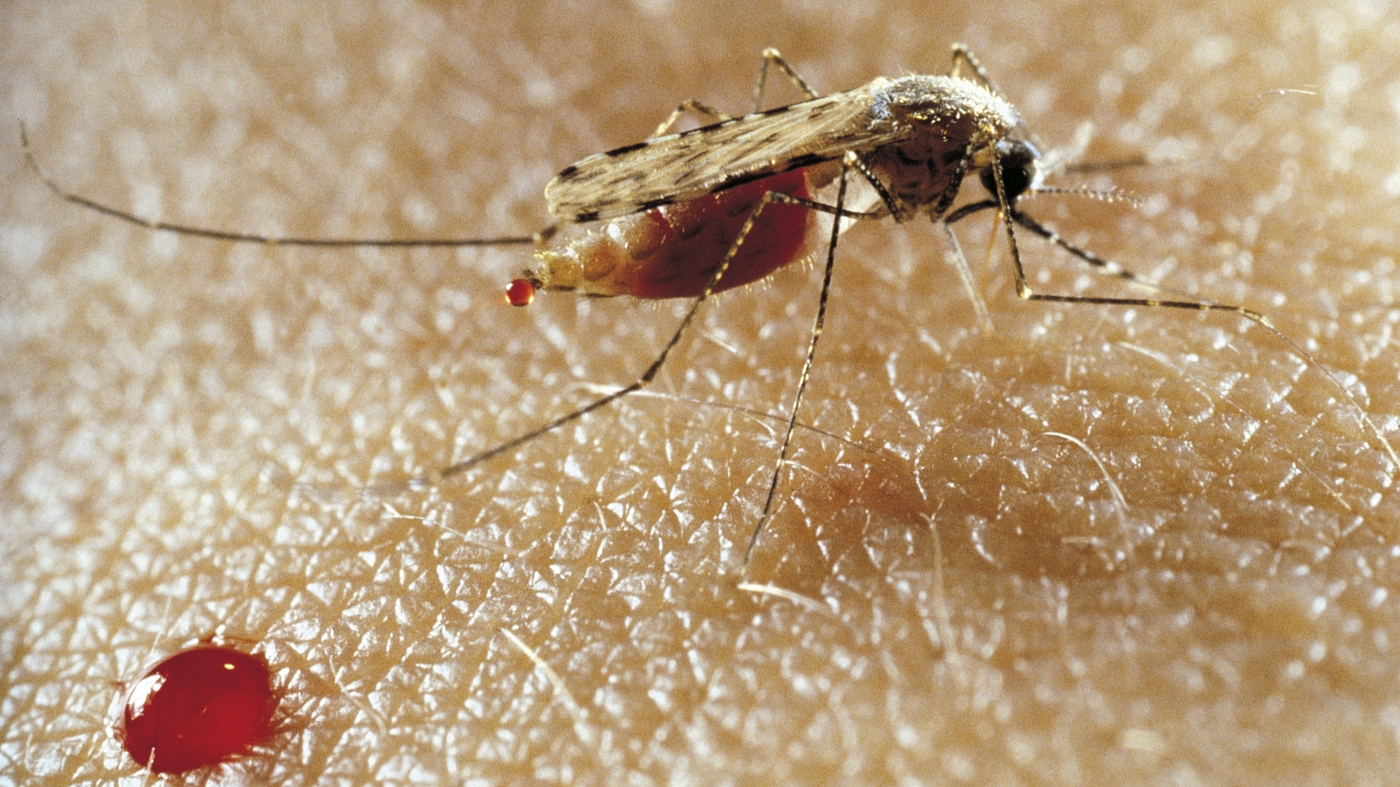The Mosquito Endgame: A Single Genetic Tweak to Conquer Malaria
Introduction
For centuries, mosquitoes have been one of humanity’s most formidable adversaries, not just as bothersome insects but as vectors for deadly diseases like malaria. In 2023 alone, malaria infected an estimated 263 million people and caused nearly 600,000 deaths, with the majority of cases occurring in Africa. The fight against this disease has been long and arduous, but recent scientific breakthroughs offer a glimmer of hope. The idea of using a single genetic tweak to render mosquitoes incapable of transmitting malaria is revolutionary. This approach could potentially disrupt the transmission cycle and protect vulnerable populations from infection.
The Achilles’ Heel: Targeting a Single Amino Acid
The innovative strategy focuses on making a subtle change to the mosquito’s genetic code. Rather than attempting to eradicate mosquito populations entirely, which could have unforeseen ecological consequences, scientists are exploring ways to make mosquitoes resistant to malaria parasites. The key lies in a precise genetic tweak, specifically, altering a single amino acid within a crucial mosquito protein.
This seemingly small alteration has a profound impact. According to recent studies published in *Nature*, mosquitoes engineered with this single amino acid substitution demonstrated a significant resistance to malaria infection. The modified mosquitoes could still bite and acquire parasites from infected blood, but the parasites were unable to complete their development cycle and were thus unable to be transmitted. In essence, the genetic modification prevents the parasites from reaching their final destination – the mosquito’s salivary glands – where they would be injected into a new host during a bite.
CRISPR to the Rescue: Precision Gene Editing
The remarkable precision of this approach is made possible by CRISPR-Cas9 technology, a revolutionary gene-editing tool. CRISPR acts like a pair of molecular scissors, allowing scientists to target specific DNA sequences and make precise edits to the genome. In this case, CRISPR is used to introduce the desired amino acid substitution into the mosquito’s DNA.
The advantage of CRISPR is its ability to target specific genes without causing widespread disruption to the mosquito’s genome. This is crucial for ensuring that the modified mosquitoes remain viable and can still perform their ecological roles, such as pollination and serving as a food source for other animals.
Beyond the Lab: Ensuring Real-World Impact
While these initial results are promising, translating them from the laboratory to the real world presents considerable challenges. Simply creating malaria-resistant mosquitoes in a lab is not enough. The modified genes need to be able to spread efficiently through wild mosquito populations to have a significant impact on disease transmission.
This is where “gene drive” technology comes into play. Gene drives are genetic elements that bias their own inheritance, ensuring that they are passed on to a disproportionately high number of offspring. When a gene drive is linked to a malaria-resistance gene, it can rapidly spread the resistance trait throughout a mosquito population, even if the resistance gene itself confers a slight disadvantage to the mosquito.
However, gene drive technology is not without its risks and raises ethical concerns. There are concerns about the potential for unintended consequences, such as the evolution of resistance to the gene drive or the spread of the modified genes to non-target mosquito species. Careful risk assessments and regulatory frameworks are needed to ensure that gene drive technology is used responsibly and ethically.
Addressing Ethical Concerns: A Measured Approach
The prospect of genetically modifying and releasing organisms into the environment naturally raises ethical questions. Some argue that it is not our place to manipulate nature in this way and that we should focus on traditional methods of malaria control, such as insecticide-treated bed nets and improved sanitation. Others worry about the potential for unforeseen ecological consequences and the possibility of creating “super mosquitoes” that are resistant to all control measures.
However, proponents of genetic modification argue that the potential benefits of reducing malaria transmission outweigh the risks. They point out that malaria is a devastating disease that disproportionately affects vulnerable populations and that we have a moral obligation to explore new tools to combat it. They also emphasize that genetic modification is not a silver bullet and that it should be used in conjunction with existing control measures.
A responsible approach to genetic modification requires careful risk assessments, transparent communication with the public, and the development of robust regulatory frameworks. It is also essential to involve local communities in the decision-making process and to address their concerns.
Complementary Strategies: A Holistic Approach
It is important to remember that genetic modification is not a standalone solution to the malaria problem. It should be seen as part of a broader, integrated approach that includes:
- Insecticide-treated bed nets: These remain a highly effective way to prevent mosquito bites and reduce malaria transmission.
- Indoor residual spraying: Spraying the inside of homes with insecticides can kill mosquitoes that enter.
- Improved diagnostics and treatment: Early diagnosis and treatment of malaria can prevent severe illness and death.
- Vaccine development: A highly effective malaria vaccine would be a game-changer in the fight against the disease.
- Environmental management: Reducing mosquito breeding sites through drainage and sanitation can help to control mosquito populations.
By combining these strategies, we can create a comprehensive approach to malaria control that is more effective and sustainable than any single intervention.
The Long View: Eradication or Control?
The ultimate goal of malaria control is to eradicate the disease completely. However, this is a daunting task that may not be achievable in the near future. In the meantime, we can focus on reducing malaria transmission to levels where it is no longer a major public health problem.
Genetic modification has the potential to play a significant role in achieving this goal. By making mosquitoes resistant to malaria parasites, we can interrupt the transmission cycle and protect vulnerable populations from infection. Even if we cannot eradicate malaria completely, we can significantly reduce its burden and improve the lives of millions of people.
The Future of Mosquito Control: A Brave New World
The development of CRISPR-based gene editing and gene drive technology has opened up new possibilities for controlling mosquito populations and preventing the spread of malaria. While these technologies are still in their early stages of development, they hold immense promise for the future of public health.
As we move forward, it is crucial to proceed with caution, carefully weighing the potential benefits and risks of genetic modification. We must also ensure that these technologies are used responsibly and ethically, with the full involvement of local communities.
With careful planning and execution, we can harness the power of genetic modification to create a world where malaria is no longer a threat.
A Bite-Free Future: Hope on the Horizon
The fight against malaria has been long and arduous, but recent scientific breakthroughs offer a renewed sense of hope. The prospect of using a single genetic tweak to render mosquitoes incapable of transmitting malaria is nothing short of revolutionary. While challenges remain, the potential to alleviate suffering and save lives on a massive scale is within our grasp. As we continue to refine and deploy these innovative strategies, a future free from the scourge of malaria may finally be within sight.








